What Microphone Does Joe Rogan Use on His Podcast? 2023 edition
9 minutes read
podcastsplanning
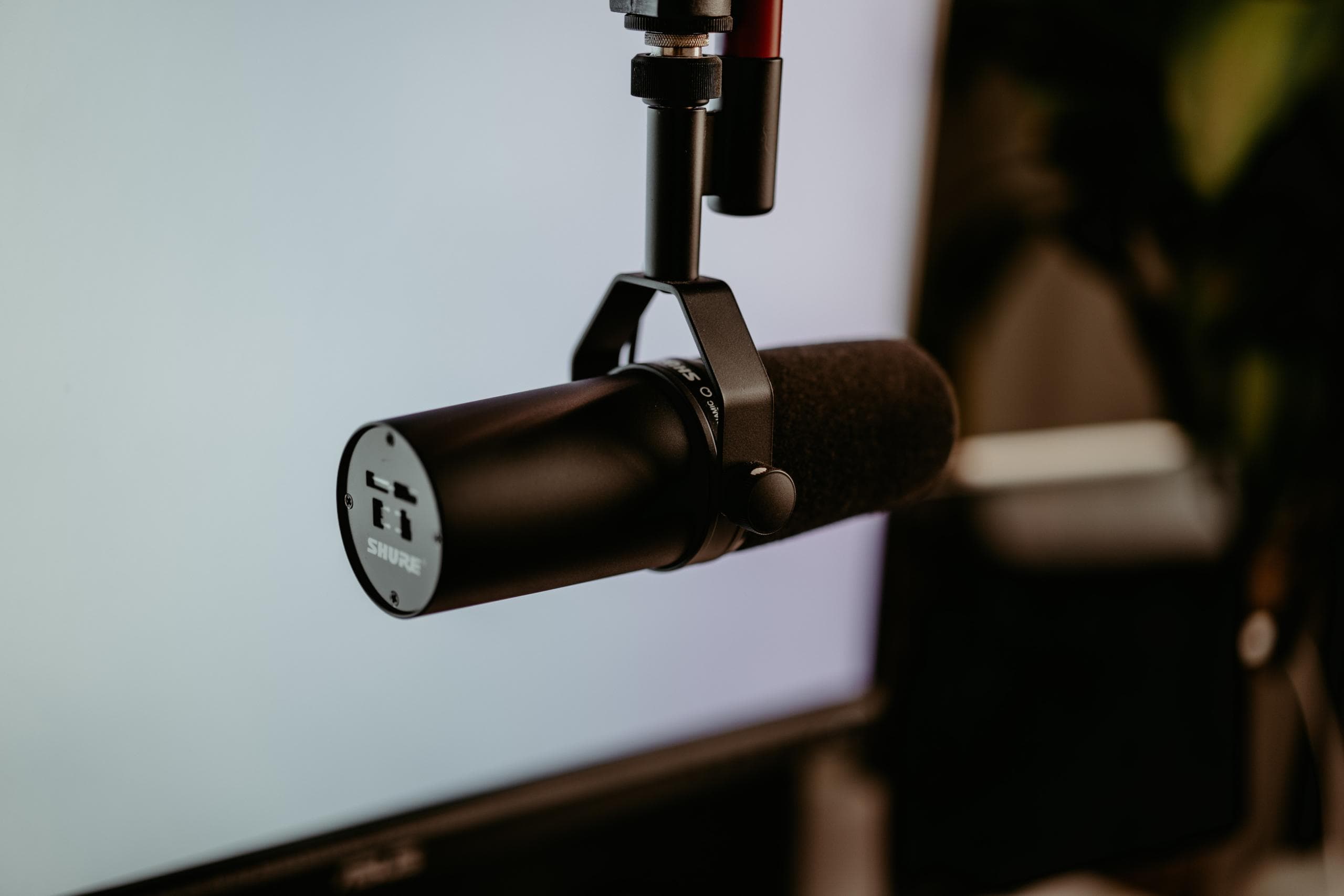
Joe Rogan uses a Shure SM7B dynamic microphone for his podcast, the Joe Rogan Experience. The Shure SM7B is a popular choice among podcasters and broadcasters due to its excellent vocal reproduction. It is also a durable and reliable microphone that can withstand the demands of regular use.
However, this might not be the ideal microphone for podcasters who are just starting out. Read more about the Shure SM7B below to find out if this is the right microphone for your podcast!
Table of Contents
- How can I connect the Shure SM7B to my computer? Does it support USB?
- Where can I buy the Shure SM7B microphone?
Pros and cons of the Shure SM7B microphone for podcasting
Pros of the Shure SM7B
- Smooth, flat frequency response and excellent vocal reproduction - The Shure SM7B is known for producing high-quality audio with a clear and detailed sound. A microphone with a smooth, flat frequency response will generally produce a more natural and accurate representation of the voice, without introducing any tonal colorations or distortions. This can be especially important for podcasting, where the microphone is often the primary source of audio and a consistent, accurate representation of the voice is crucial for creating a professional-sounding podcast.
- Durable and reliable - The Shure SM7B is built to withstand the demands of regular use, making it a long-lasting choice for podcasting.
- Versatile - The Shure SM7B is capable of handling a wide range of vocal styles and has a smooth, warm sound, making it suitable for a variety of podcasts.
- Built-in pop filter and internal shockmount - These features help to reduce unwanted noise and vibrations, resulting in a cleaner and more professional-sounding recording.
Cons of the Shure SM7B
- Price - The Shure SM7B is a more expensive microphone, which may not be suitable for those on a tight budget.
- Weight - The Shure SM7B is a heavier microphone, which may not be ideal for those who need a portable solution for on-the-go podcasting.
- Requires a separate preamp - The Shure SM7B has a low output level and requires a separate preamp to boost the signal, which may add an additional cost to the setup.
- May require additional processing - The Shure SM7B has a smooth, flat frequency response, which may require additional processing to bring out certain frequencies and achieve a desired sound.
- Does not come with built-in USB. It is meant to be used with a mixer.
How can I connect the Shure SM7B to my computer? Does it support USB?
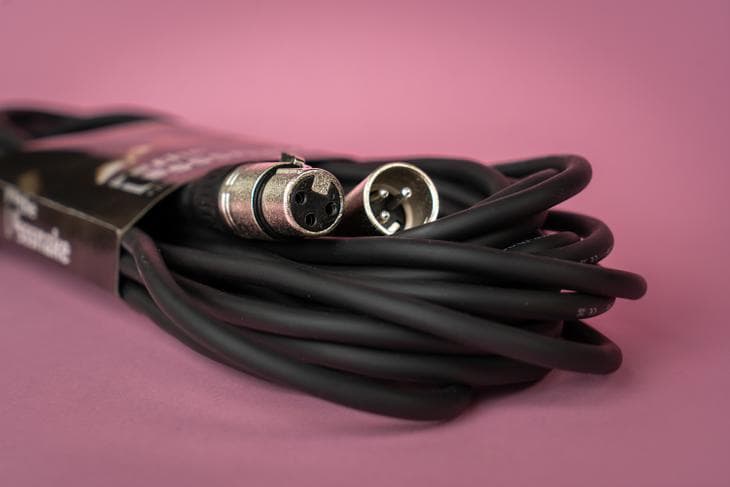
The Shure SM7B is a dynamic microphone that does not have a built-in USB interface. It is designed to be used with a standalone preamp or mixer, and requires an XLR connection to be used with most audio recording equipment.
If you want to use the Shure SM7B with a computer for podcasting or other recording purposes, you will need to use an audio interface or mixer that has an XLR input and a USB output. This will allow you to connect the Shure SM7B to your computer and record the audio using professional-grade recording software such as Audacity (free & open source) or Adobe Audition.
Alternatively, if you want a USB microphone that is similar to the Shure SM7B in terms of sound quality and versatility, you may want to consider the Shure MV7, which is a USB version of the SM7B that includes a built-in USB interface.
Where can I buy the Shure SM7B microphone?
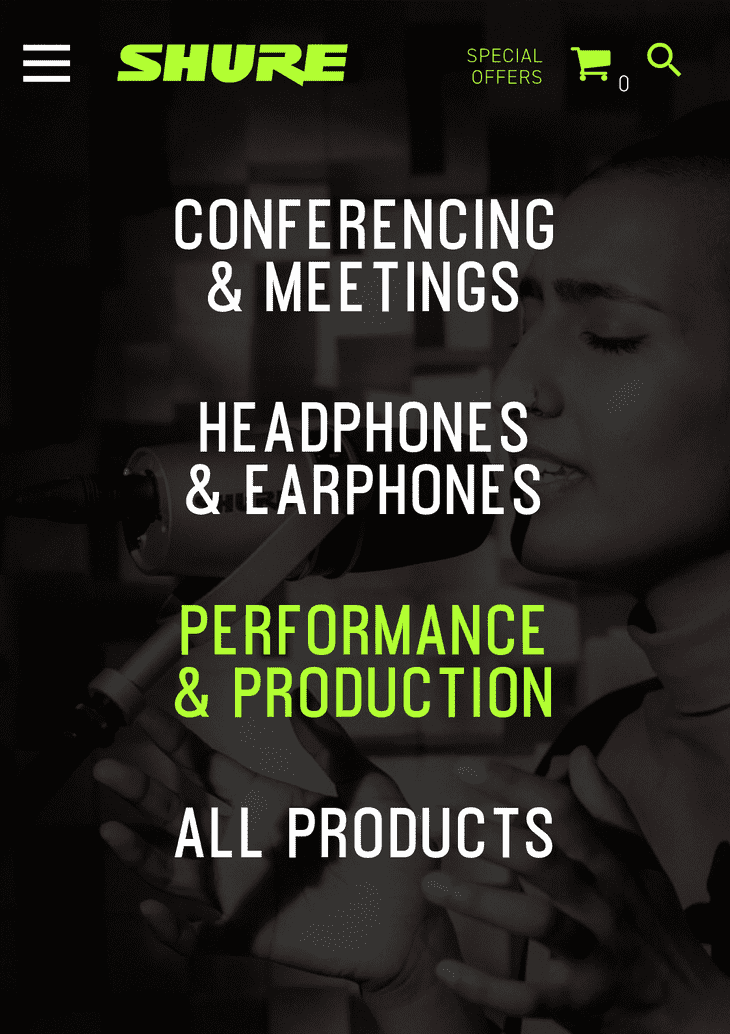
There are several places where you can buy a Shure SM7B microphone. Some options include:
- Manufacturer's website - You can purchase the Shure SM7B directly from the manufacturer's website. This option is pricier than other online retailers but if you want to feel 100% safe with your purchase, buying directly from the manufacturer can be a good option. The current price at the Shure price is $399 USD vs $359 at other online retailers.
- Online retailers - You can find the Shure SM7B for sale on various online retailers, such as Amazon, B&H Photo, and Sweetwater. Currently all of these outlets offer the SM7B at the same price, $359 USD. Out of these, we recommend Sweetwater since they are specialized in audio equipment and can offer you technical help if need be.
- Physical stores - You can also find the Shure SM7B for sale at physical stores that specialize in audio equipment, such as guitar shops and music stores. This is a good option if you want to be able to try out the microphone in person before making a purchase.
It is a good idea to shop around and compare prices from different retailers to get the best deal on a Shure SM7B microphone. You may also want to consider reading reviews and asking for recommendations from other podcasters or audio professionals to help you make an informed decision.
What other equipment does Joe Roegan use for his podcast?
In addition to the Shure SM7B, Joe Rogan also uses a variety of other audio equipment, such as a Behringer Xenyx Q802USB mixer, a Focusrite Scarlett 2i2 audio interface, and a Mac computer with Adobe Audition software for recording and editing his podcast.
Do I need a mixer?
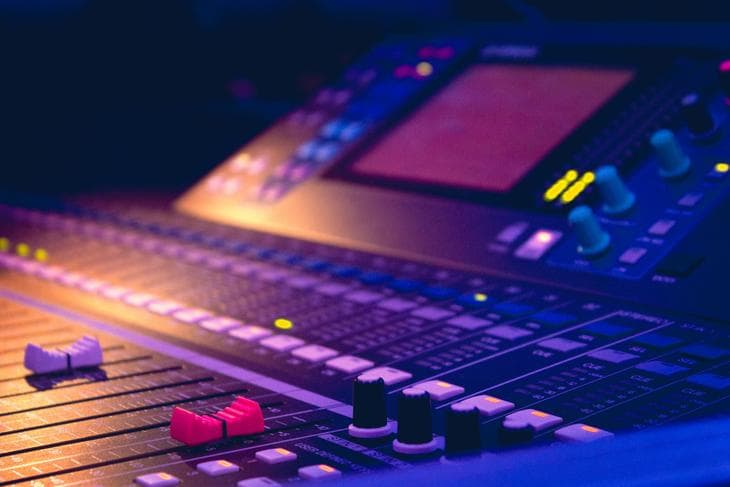
A mixer is a device that allows you to control and adjust the levels of multiple audio sources, such as microphones and sound sources like music or sound effects. In the context of podcasting, a mixer can be useful for several reasons:
- Multiple microphones - If you are recording a podcast with multiple people, a mixer can be used to adjust the levels of each microphone separately to ensure that all voices are equally audible.
- Sound effects and music - If you want to include sound effects or music in your podcast, a mixer can be used to control the volume and balance of these audio sources relative to the microphone audio.
- Noise reduction - A mixer can be used to reduce background noise and eliminate distractions from the final recording. Many mixers have built-in noise reduction or gate functions that can help to eliminate unwanted sounds.
- Audio processing - Some mixers offer additional audio processing capabilities, such as equalization, compression, and reverb, which can be used to enhance the sound quality of your podcast.
Overall, a mixer can be a useful tool for podcasting, as it allows you to have more control over the audio in your recordings and can help to produce a more professional-sounding podcast.
Do I need an audio interface?
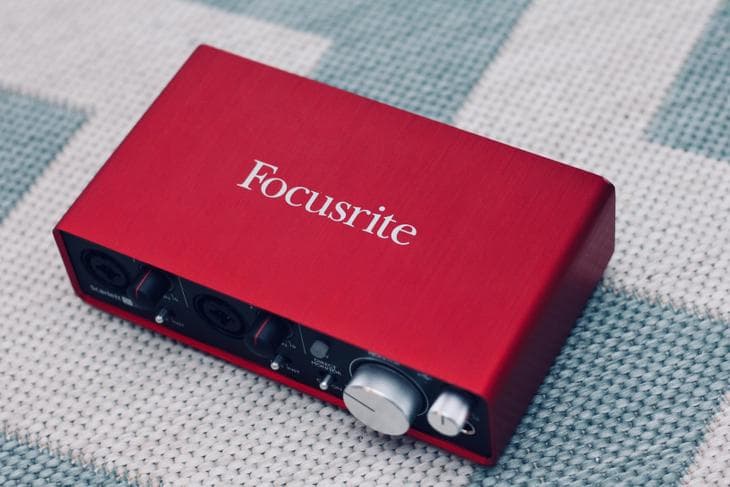
An audio interface is a device that connects to your computer and allows you to record and play back audio using professional-grade equipment. In the context of podcasting, an audio interface can be useful for several reasons:
- Improved sound quality - An audio interface can help to improve the sound quality of your podcast by providing a higher-quality analog-to-digital conversion process. This can result in a more accurate and detailed recording.
- Multiple inputs and outputs - An audio interface typically has multiple inputs and outputs, which can be useful for recording a podcast with multiple microphones or for connecting additional audio sources like music or sound effects.
- Hardware-level control - An audio interface allows you to control and adjust the levels of your audio sources at a hardware level, rather than relying on software-based controls. This can be more precise and may result in a better-sounding recording.
- Compatibility with professional audio equipment - An audio interface allows you to use professional-grade audio equipment, such as microphones and preamps, with your computer. This can be useful if you want to use higher-quality equipment to produce your podcast.
Overall, an audio interface can be a useful tool for podcasting, as it allows you to record and play back audio using professional-grade equipment and can help to improve the sound quality of your podcast.
What is the difference between and audio interface and a mixer?
An audio interface and a mixer are two different types of audio equipment that serve different purposes. Here are some key differences between an audio interface and a mixer:
- Purpose - An audio interface is primarily used to connect professional-grade audio equipment to a computer and facilitate the recording and playback of audio. A mixer, on the other hand, is used to control and adjust the levels of multiple audio sources, such as microphones and sound sources like music or sound effects.
- Inputs and outputs - An audio interface typically has a smaller number of inputs and outputs compared to a mixer. An audio interface is typically designed to connect a few microphones or other audio sources to a computer, while a mixer is designed to handle a larger number of audio sources.
- Audio processing - An audio interface typically does not have any audio processing capabilities beyond analog-to-digital conversion. A mixer, on the other hand, often has a range of audio processing capabilities, such as equalization, compression, and reverb, which can be used to enhance the sound of your audio sources.
- Control - An audio interface allows you to control and adjust the levels of your audio sources at a hardware level, while a mixer allows you to control the levels of your audio sources using physical faders and knobs.
Overall, an audio interface and a mixer are two different types of audio equipment that serve different purposes. An audio interface is primarily used to connect professional-grade audio equipment to a computer and facilitate the recording and playback of audio, while a mixer is used to control and adjust the levels of multiple audio sources.
Should I use Adobe Audition like Joe Roegan?
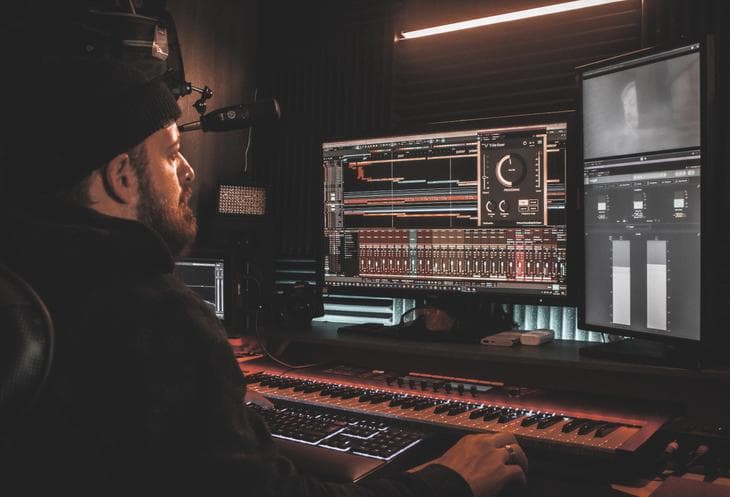
Adobe Audition is a professional audio editing software that is well-suited for editing podcasts. It offers a range of features and tools that are specifically designed for audio editing, including the ability to:
- Remove noise and background distractions - Adobe Audition includes noise reduction and restoration tools that can help to eliminate unwanted sounds from your recordings.
- Adjust levels and balance - Adobe Audition allows you to adjust the levels and balance of your audio tracks to ensure that all voices are equally audible and that the audio is properly balanced.
- Edit and splice audio - Adobe Audition allows you to edit and splice your audio tracks to remove mistakes or unwanted sections, or to rearrange the order of your content.
- Apply effects and filters - Adobe Audition includes a range of effects and filters that can be used to enhance the sound of your audio, such as equalization, compression, and reverb.
Overall, Adobe Audition is a powerful and professional audio editing software that is well-suited for editing podcasts. It offers a range of features and tools that can help you produce a high-quality podcast.
The current price for Adobe Audition is $20.99 USD a month. If you are a podcaster on a budget who doesn't need many advanced features you may consider using Audacity, which is free and open source.
If your podcast is heavy on story telling and narration, you may also consider Hindenburg Pro which is focused on story editing.